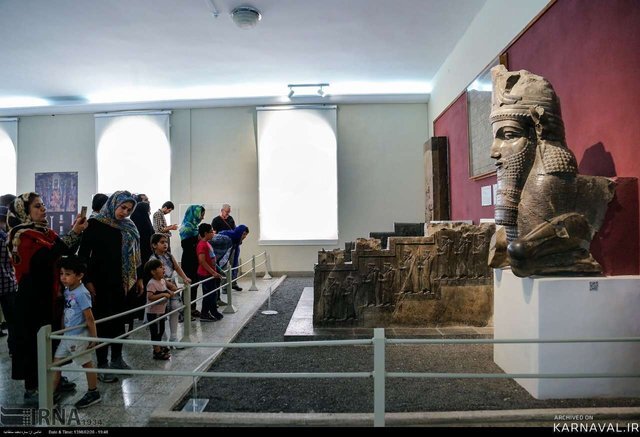Mothers of three given discount of 50% to tour museums

TEHRAN–Iran’s Ministry of Cultural Heritage, Tourism and Handicrafts has approved a scheme based on which mothers of three children enjoy half-price tickets for museums and historical sites.
“Tickets for cultural heritage museums have become half-price for mothers with three or more children,” Morteza Adibzadeh, the director of museums and historical properties at the tourism ministry, said on Monday.
The scheme is in line with implementing the “Law on Family and Youth Support” which is aimed to support population growth for seven years to change the declining trend of childbearing.
Iran hosts some of the world’s oldest cultural monuments including bazaars, museums, mosques, bridges, bathhouses, madrasas, gardens, rich natural, rural landscapes as well as 26 UNESCO World Heritage sites.
The ancient land is home to one of the world’s oldest continuous major civilizations, embracing settlements dating back to 4000 BC. The name of Iran, formerly known as Persia, mostly conjures up the first Persian Empire, ruled by the Achaemenids (ca. 550 – 330 BC) and sites such as Pasargadae and Persepolis. However, there are tens of prehistorical sites as the Burnt City in Sistan-Baluchestan, Tepe Sialk in Kashan, Susa and Chogha Zanbil in the Khuzestan province, and Ecbatana in Hamedan which predate the Achaemenid period.
From a broader point of view, Iranian history can be divided into Pre-Islamic and Islamic eras. The Medes unified Iran as a nation and empire in 625 BC. The Islamic conquest of Persia (633–656) that put an end to the mighty Sassanid Empire (224–651) was a turning point in the history of the nation.
AM
